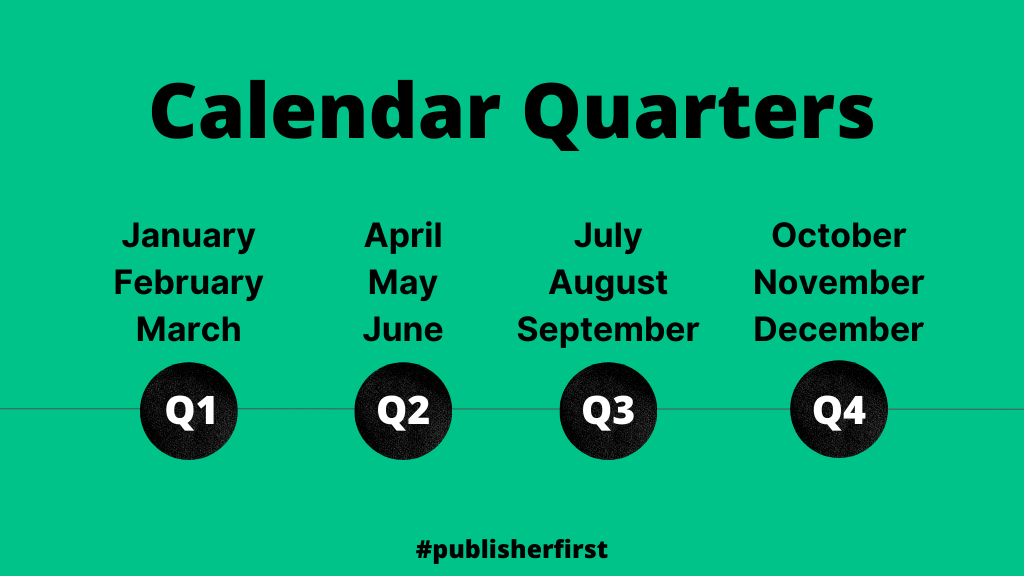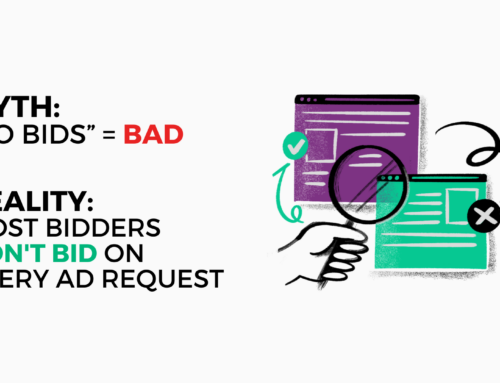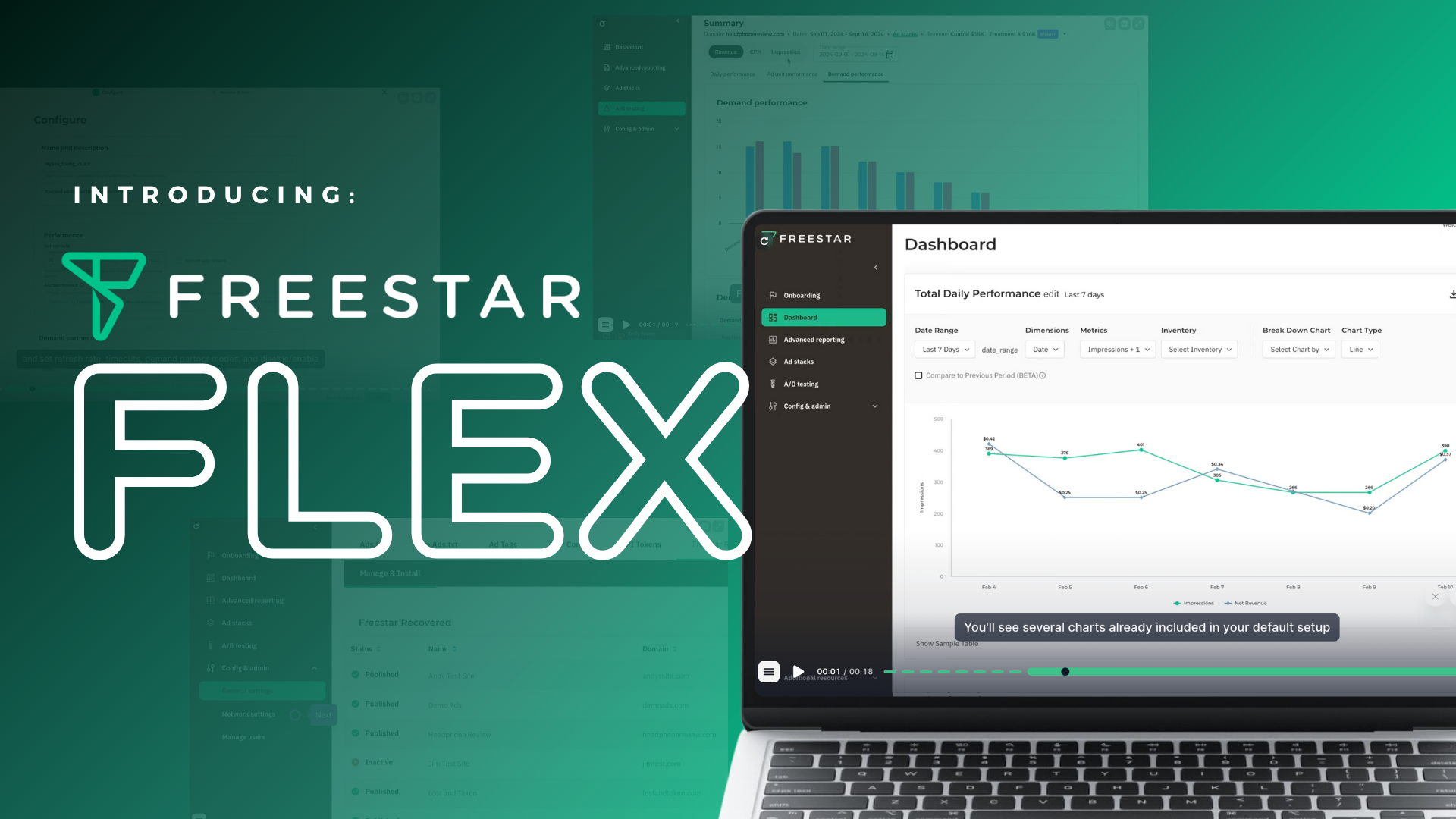At Freestar, not much work is done without strategy behind it. There are objectives, goals, testing, project planning and despite those things, timelines almost always miss the mark. It’s hard to plan ahead for the year to come, there are many unknowns.
Working with enterprise publishers on traffic growth and SEO, I’ve found it helpful to align initiatives throughout the year by quarters, instead of months, to target historical highs and lows for ad revenue.
Even understanding the very basic seasonal trends for ad revenue, will help you better understand why you see the CPMs and RPMs that you do. Please use this directionally, it may not be 100% your experience, but it is the general movement many publishers and content creators see.
Before we get into the trends, a reminder of the heaviest factors impacting a publisher’s RPM: advertiser budgets, content niche, content quality, traffic source, device type and location of the user. And seasonality, meaning what part of the year, month or quarter it is.
Seasonal Trends, the Basics
1. Mostly tied to brand budgets, January typically sees the lowest revenue of the year, heightened by the drop from Q4 spending.
2. February and March can see uptick from January, but usually remain on the lower end.
3. Q2, particularly June, can be some of the higher months of the year. Many advertiser’s financial year ends in Q2 so they’re wanting to rid those dollars to avoid losing the budget altogether.
4. For any month, a typical trend would be that the end of the month yields higher RPMs than the beginning of the month.
5. Regardless of the hype around Q4, it’s often November that sees the highest return of the quarter.

How Ad Seasonality Impacts Digital Strategy
If it can wait, Q4 is not the time to make any huge structural website changes, like a migration or redesign. In fact, from October through December, take a more conservative approach to content updates or editorial adjustments as well.
I’ve never gone through a migration that hasn’t, at least temporarily, seen a 15-20% traffic drop. October, November and December RPM peaks because of the traditional shopping holidays. High search interest for purchasing terms and high conversion period = advertisers looking to spend big cash for impressions on contextually relevant content.
Now, when is the perfect time for migrations, redesigns, or taxonomy updates? My recommendation is January or February. Lower risk on revenue.
For many content creators, summer months represent a slower traffic and revenue period. Two recommendations when it comes to avoiding the summer slump — number one, make sure you’re offsetting the potentially slower traffic by publishing more content. Capitalize on topics like travel, school breaks and relaxation by creating content, games or tools that target these angles.
Number two, make sure you’re running high impact ad units on your website, specifically video. This can also offset the lower CPMs of July and August. Video outstream units require no original content and can make up 20-25% of a publisher’s overall revenue. If you’re a Freestar publisher, reach out to your account manager today and ask to get video running today!
But for all publishers, users expect to see video ads and guarantee all your competitors are using them. It’s easy to test for several weeks, get an idea of the impact, and remove it if you don’t like what you see.
Q3 is the quarter to focus on your content inventory for quality improvements or topic gaps. Find your top performers in organic search, review and update them for quality enhancements and make sure related content is linked together.
By knowing what to expect for ad revenue seasonality, you can better target when you want to launch products, test new page layouts or implement that navigation consolidation you’ve been planning to align with the lower risk times.





